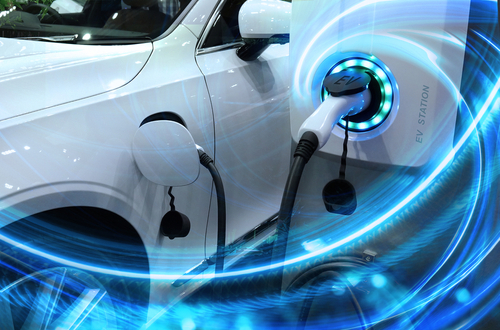Clean vehicle credit program results in consumer savings on EV purchases

A clean vehicle credit program created through the Inflation Reduction Act has saved consumers more than $1 billion in upfront costs on their purchases of clean vehicles since the start of the year, according to the U.S. Department of the Treasury and the Internal Revenue Service (IRS).
The Inflation Reduction Act created a mechanism to transfer the 30D clean vehicle credit of up to $7,500 and 25E previously owned clean vehicle credit of up to $4,000 to registered dealers. This gives consumers a significant upfront discount and extends the reach of the credits by making it available at the point of sale rather than when buyers file their taxes.
Researchers have found that consumers overwhelmingly prefer an immediate rebate at point of sale.
Since this mechanism went into effect on Jan. 1, more than $1 billion in financial benefits to consumers at the point-of-sale have been realized through the clean vehicle advance payment program. More than 150,000 advance payments have been issued, including more than 125,000 for tax credits related to new clean vehicles.
This translates to consumers saving $1,750 annually, on average, on fuel and maintenance costs, or $21,000 of discounted savings over the typical 15-year lifespan of a vehicle. This savings is in comparison to a gasoline vehicle.
For the more than 150,000 vehicle sales that have used the upfront discount to date, this equates to around $262 million annually on fuel and maintenance costs. Further, that translates to $3.2 billion in costs over the life of the vehicles.
Since the passage of the Inflation Reduction Act, there has been a significant growth in the clean vehicle industry. In 2023, the U.S. saw around 1.5 million passenger clean vehicle sales – the highest annual total ever. That is up 50 percent from 2022.
“President Biden’s Inflation Reduction Act is lowering costs for electric vehicle purchases, with more than $1 billion in upfront savings for American consumers since January. This discount is increasing consumer choices and creating new opportunities for companies to expand their customer base,” Secretary of the Treasury Janet Yellen said. “Consumers are saving up front and over time, with $1,750 savings on gas and maintenance each year and $21,000 saved over the lifetime of a vehicle.”
When discounting expected annual savings over the 15-year lifespan of a vehicle, owners of electric vehicles will save $18,000 to $24,000 more than if they had purchased a comparable gasoline vehicle instead. Fuel is the largest contributor to these savings. In addition, maintenance costs are typically 40 percent lower for EVs than for gas-powered cars. According to the studies, vehicle maintenance costs are roughly $0.06 per mile for EVs and $0.10 per mile for gas-powered cars, due in part to expenditures on engine oil, transmission service, spark plugs, and engine filters.
